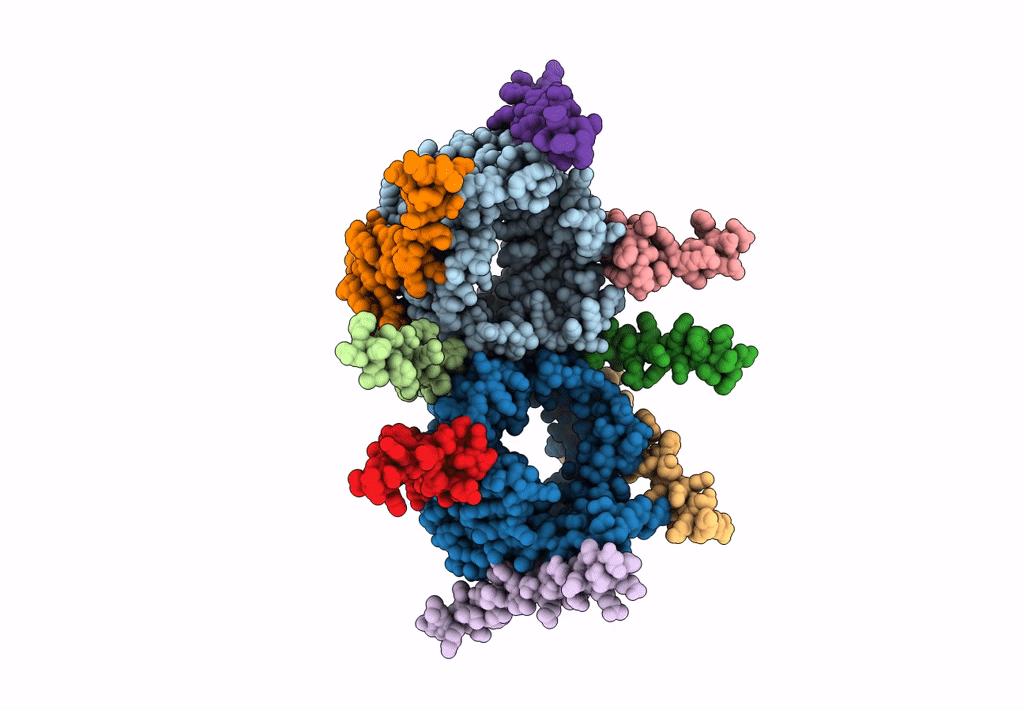
Deposition Date
2020-07-15
Release Date
2020-11-04
Last Version Date
2024-03-27
Method Details:
Experimental Method:
Resolution:
3.40 Å
Aggregation State:
PARTICLE
Reconstruction Method:
SINGLE PARTICLE


